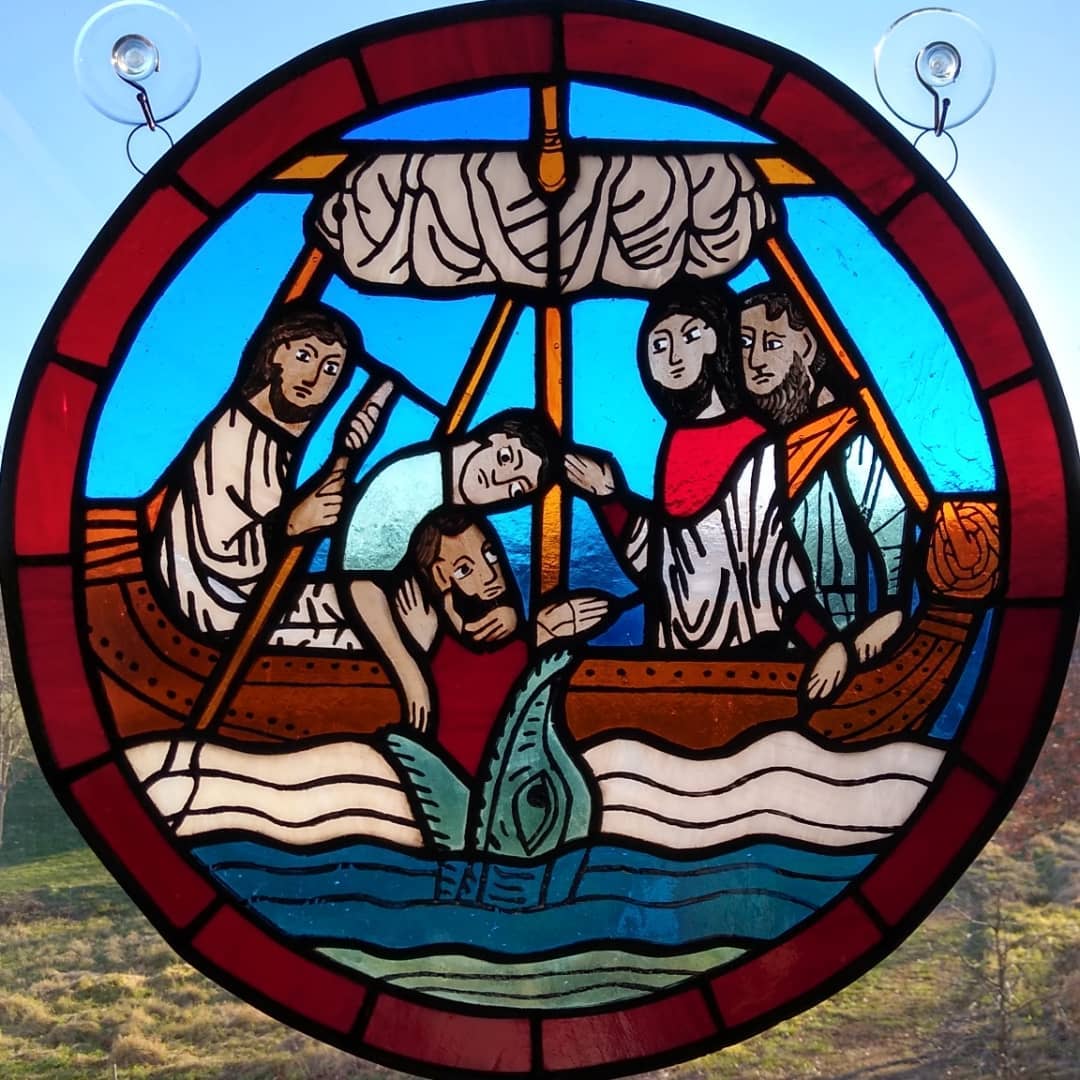16 - Soils#
16.1 - What is Soil?#
Soil consists of 4 main components capable of supporting life: minerals, organic material (living and dead), water, and air.
Most soils contain about 5% organic material, including humus, the partially decomposed form of organic matter.
If plant material accumulates, but does not decay, it can form peat.
16.3 - What Is the Role of Water in Soil?#
There are 3 main settings for soil water:
Hygroscopic water is when water is a thin coating that adheres to soil particles. It is bound so tightly that it is unavailable to plants.
Capillary water occupies the pore space in the soil and is mostly what plants depend on.
Gravitational water is pulled deeper into the subsurface when water is abundant and can become groundwater.
If too much water remains between grains for too long or if it cannot pass easily, preventing the water from reaching the root zone, it is called poorly drained soil. If water is transmitted too quickly through the soil, nutrients will be leached downward. These soils are called droughty.
16.4 - What Are the Chemical and Biological Properties of Soil?#
Cation exchange capacity (CEC) is the ease with which a cation is exchanged with the surface of organic matter or clay particles.
The following nutrients can be added to soil as fertilizer:
Nitogen (N) is vital for protein and enzymes that are the heart of biological processes.
Phosphorus (P) is important for the development of root systems.
Potassium (K) is necessary for water uptake and retention.
16.5 - How Do Climate and Vegetation Affect Soil?#
High rainfall leads to leaching, or eluviation of clays from surface horizons and illuviation, or deposition of clays into lower levels of the soil.
16.6 - How Do Terrain, Parent Material, and Time Affect Soil?#
Parent material formed in place from the bedrock beneath the soil is called residuum. Material brought in from elsewhere is called transported parent material.
Colluvium is a type of transported parent material that refers to loose material moving down a slope via mass wasting.
Wind can deposit aeolian parent material, including sand and dust. One type of aeolian parent material is loess, which is a fertile deposit composed of silt-sized, glacially formed dust.
Alluvium parent material is transported from river sediments.
16.9 - What Types of Soils Largely Reflect the Local Setting or Initial Stages in Soil Formation?#
Andisols are formed from volcanic ash and other volcanic material.
Histosols are wetland soils without permafrost. They can be extremely productive agriculturally due to their concentration of organic material.
Entisols are recently created soils with no B horizon. They can form where parent material is resistant to weathering. The parent material is typically transported from elsewhere.
Inceptisols display mild weathering and the beginning of a weak B horizon.
